Archive
2021
KubaParis
Beggars

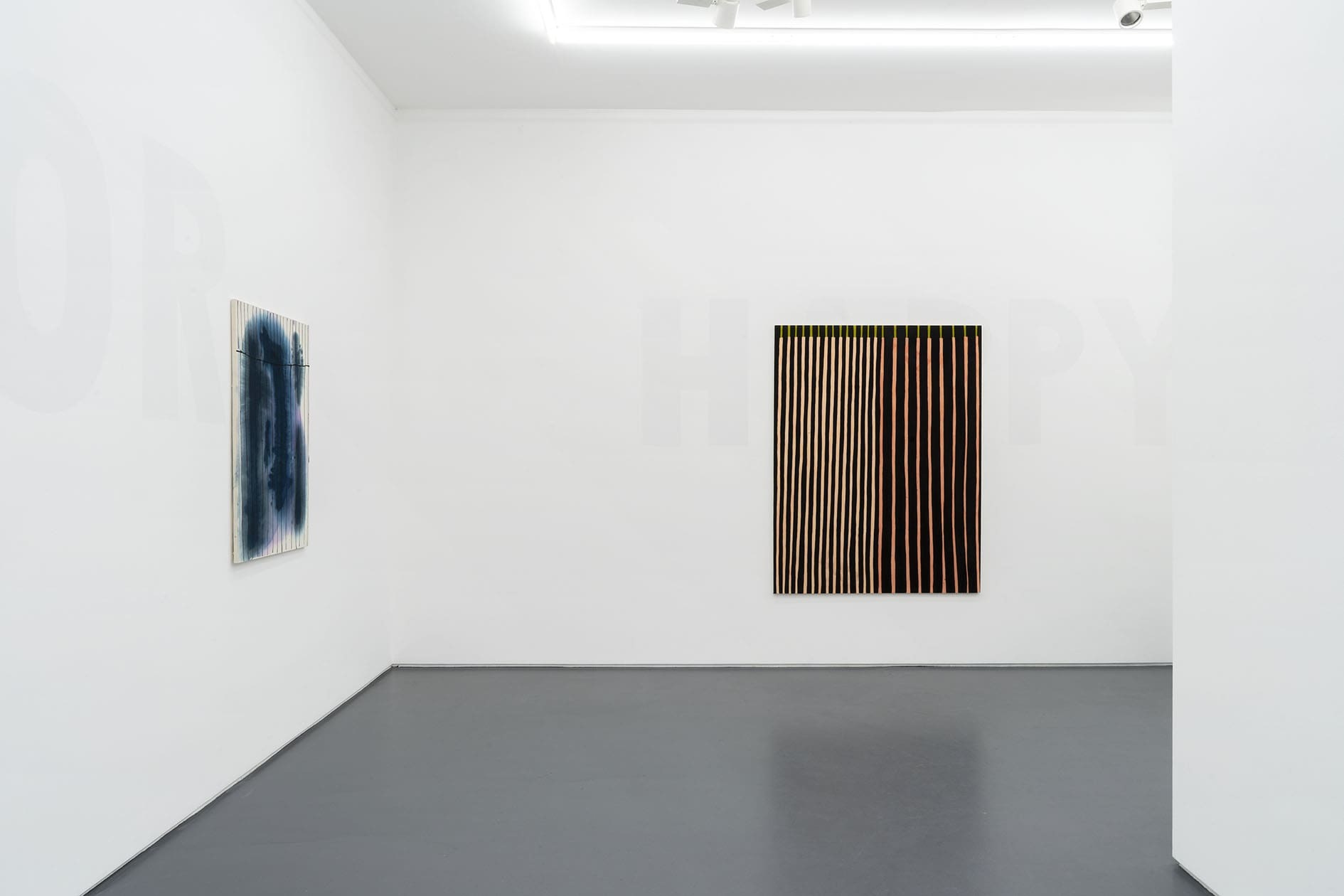
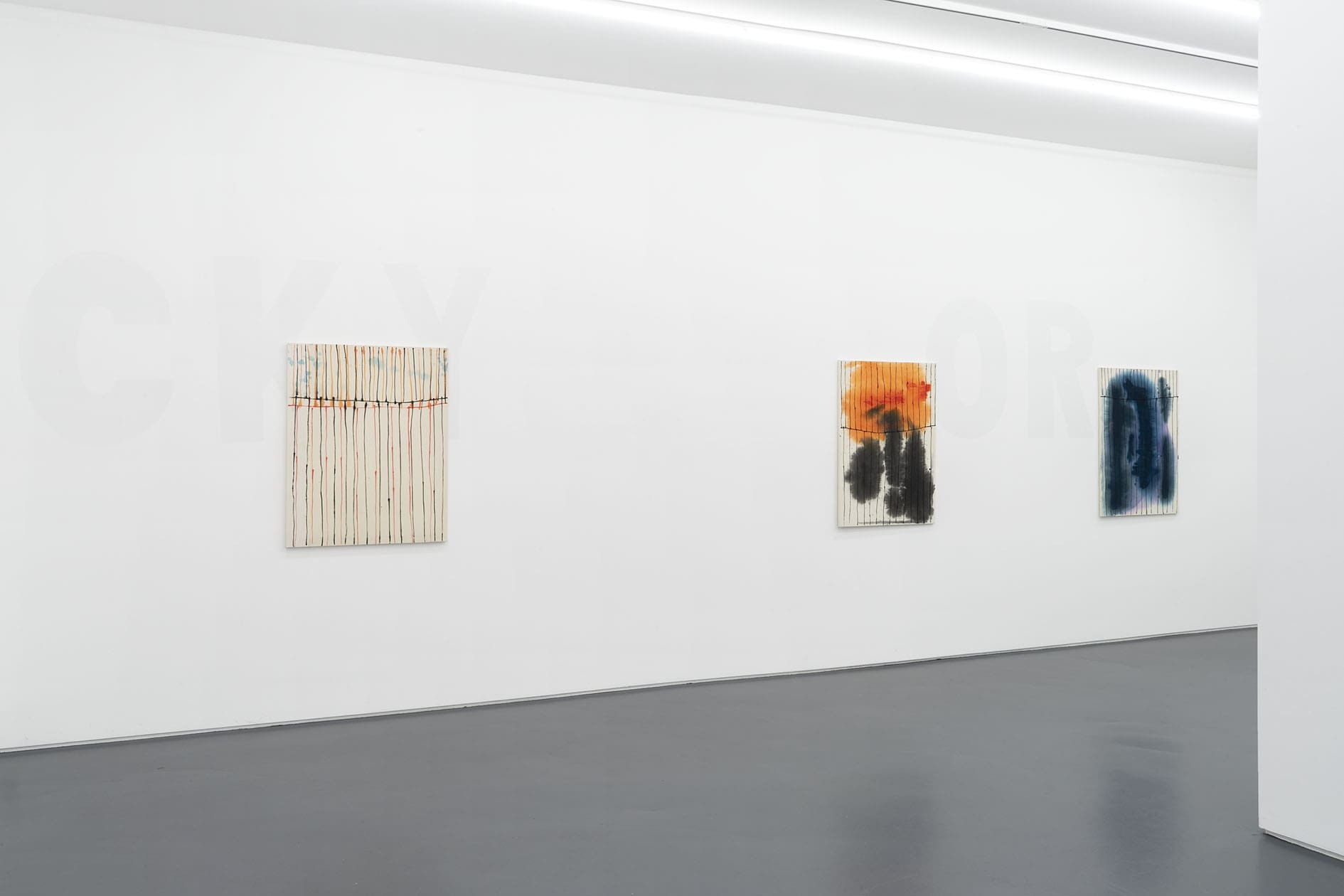
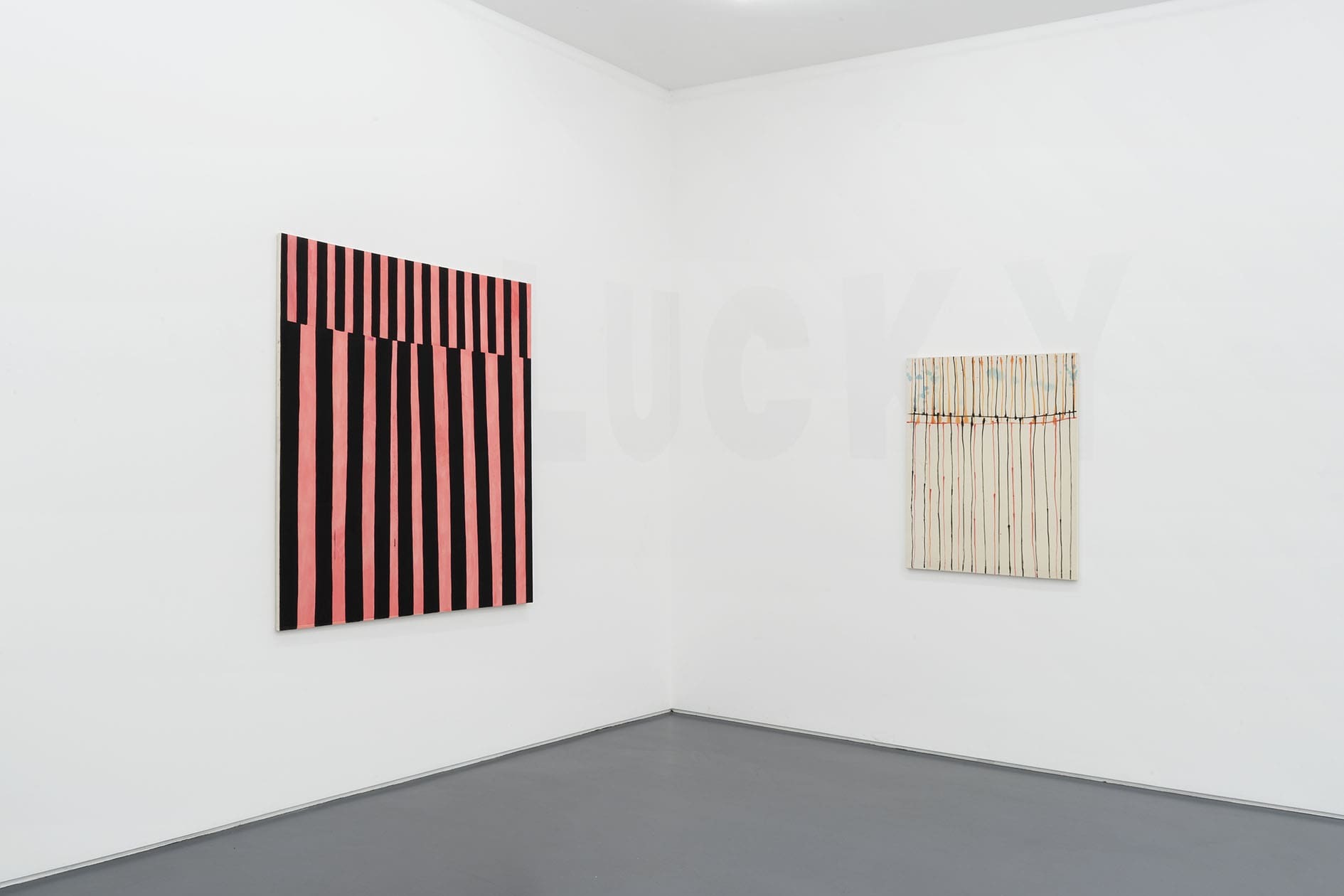
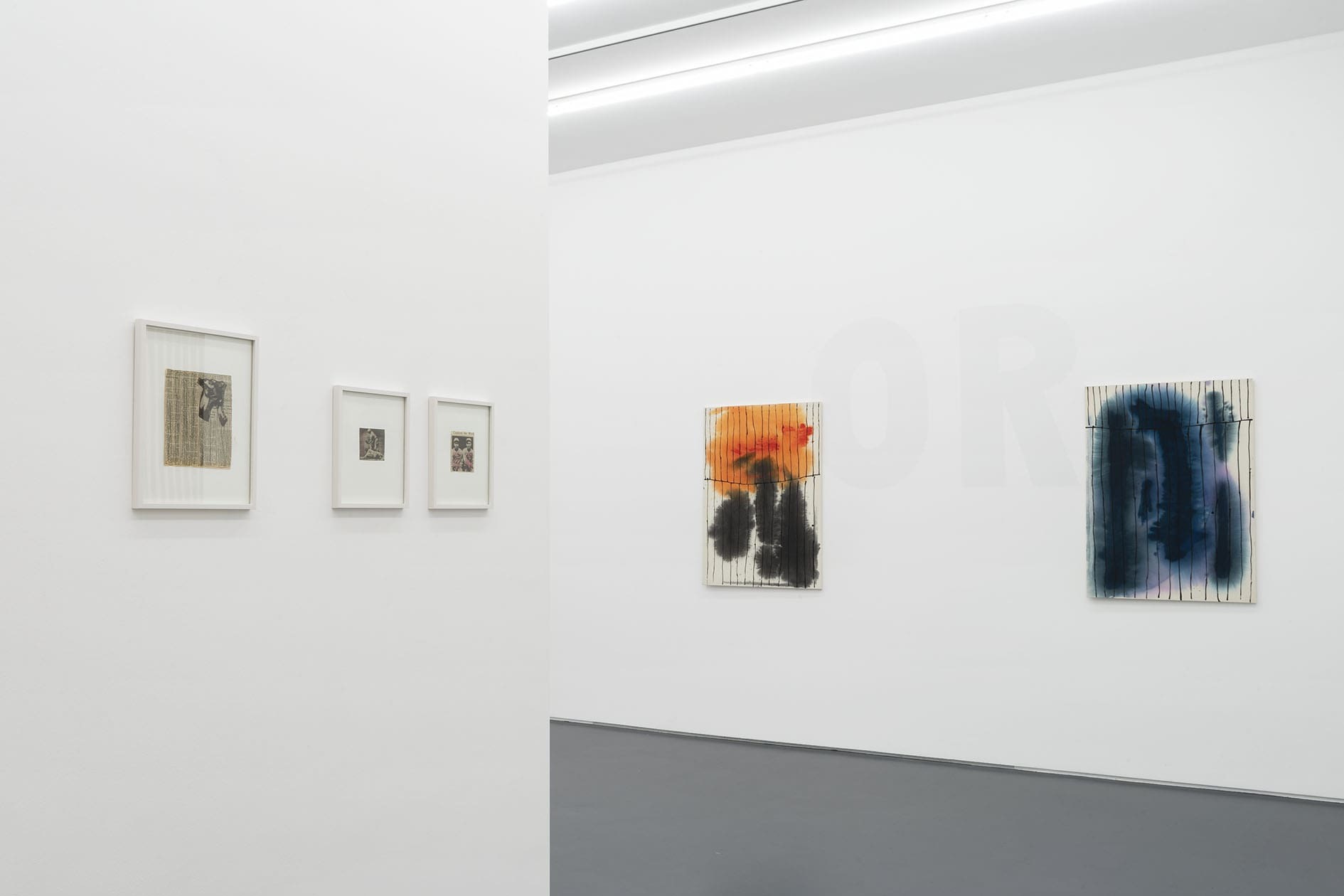
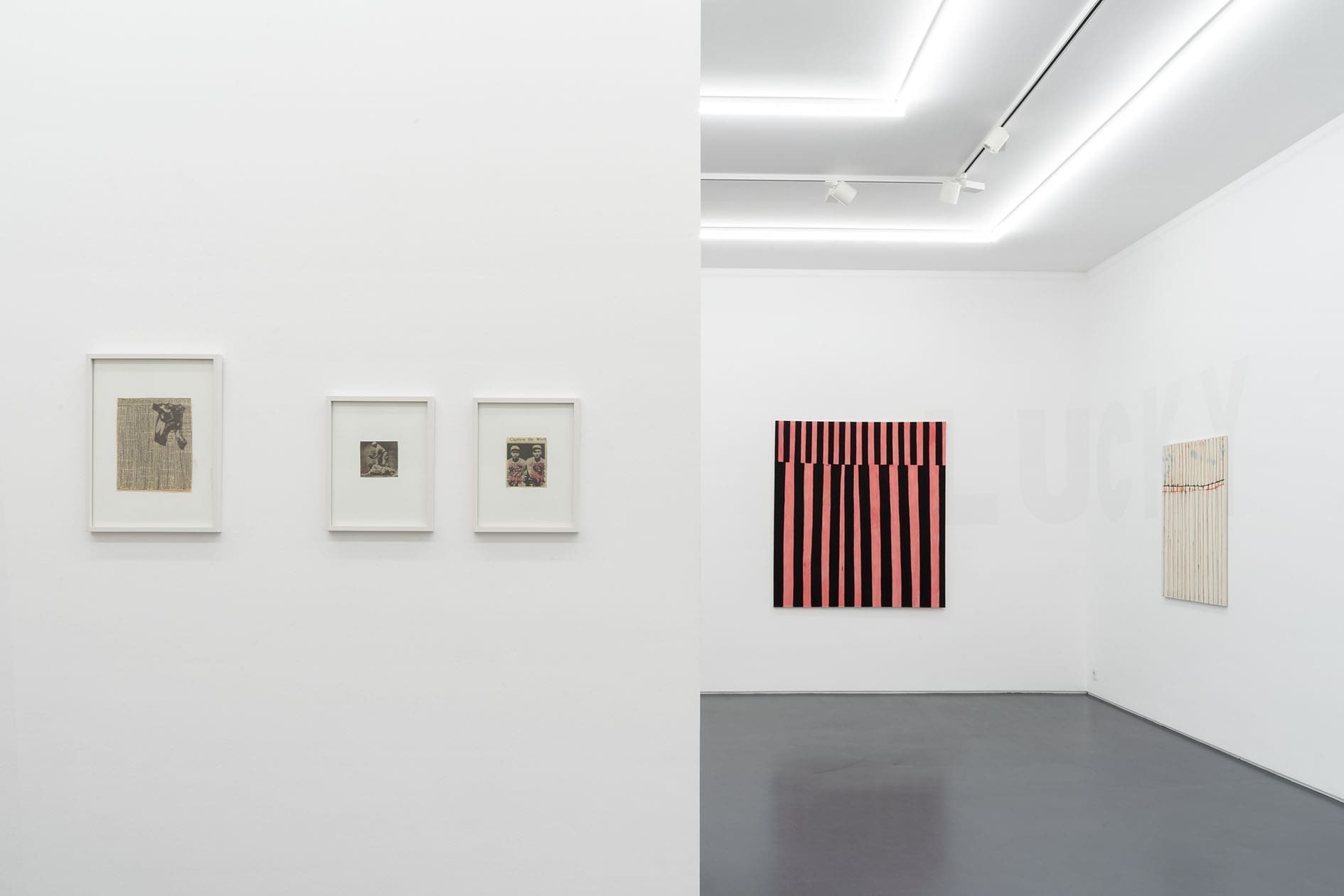
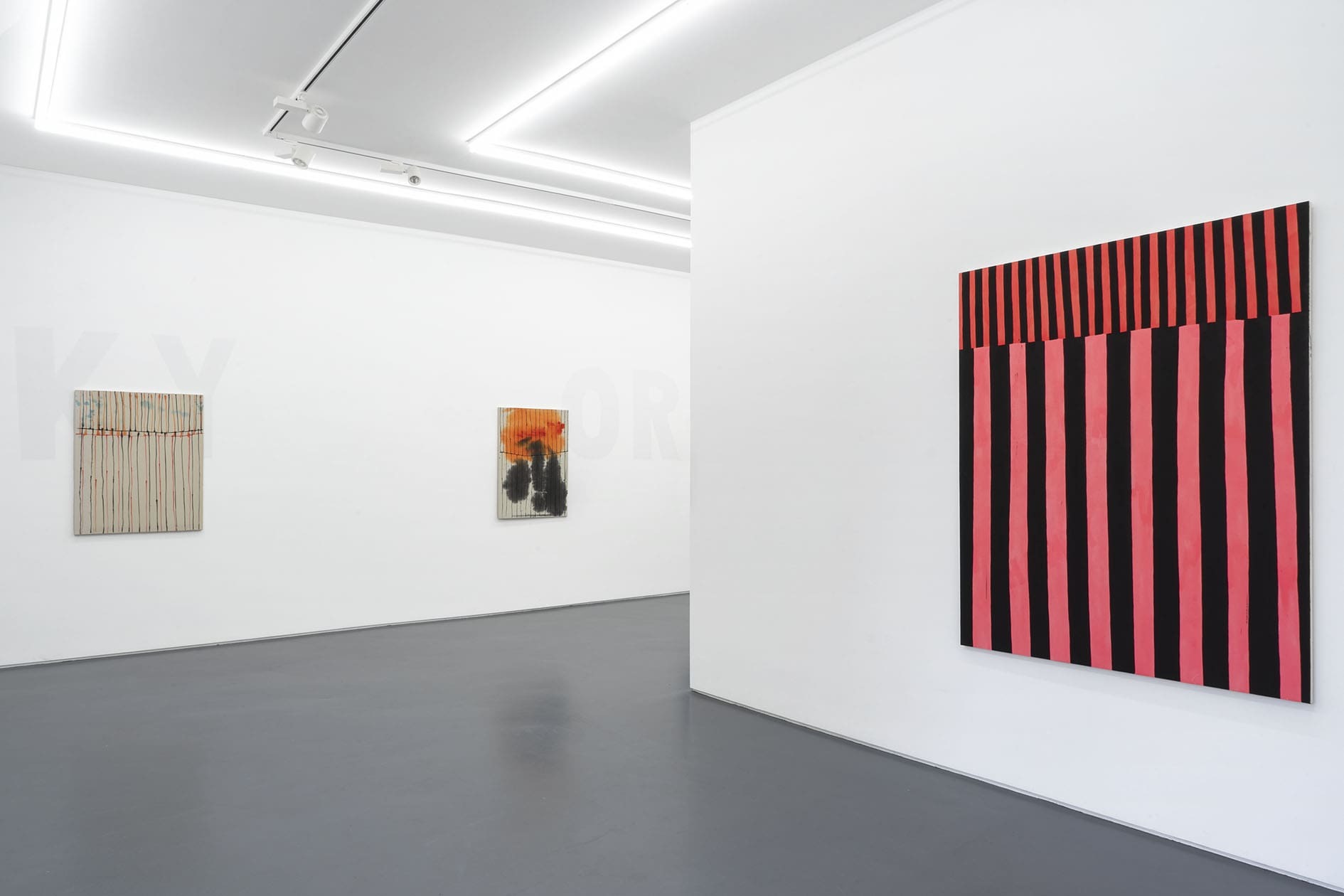
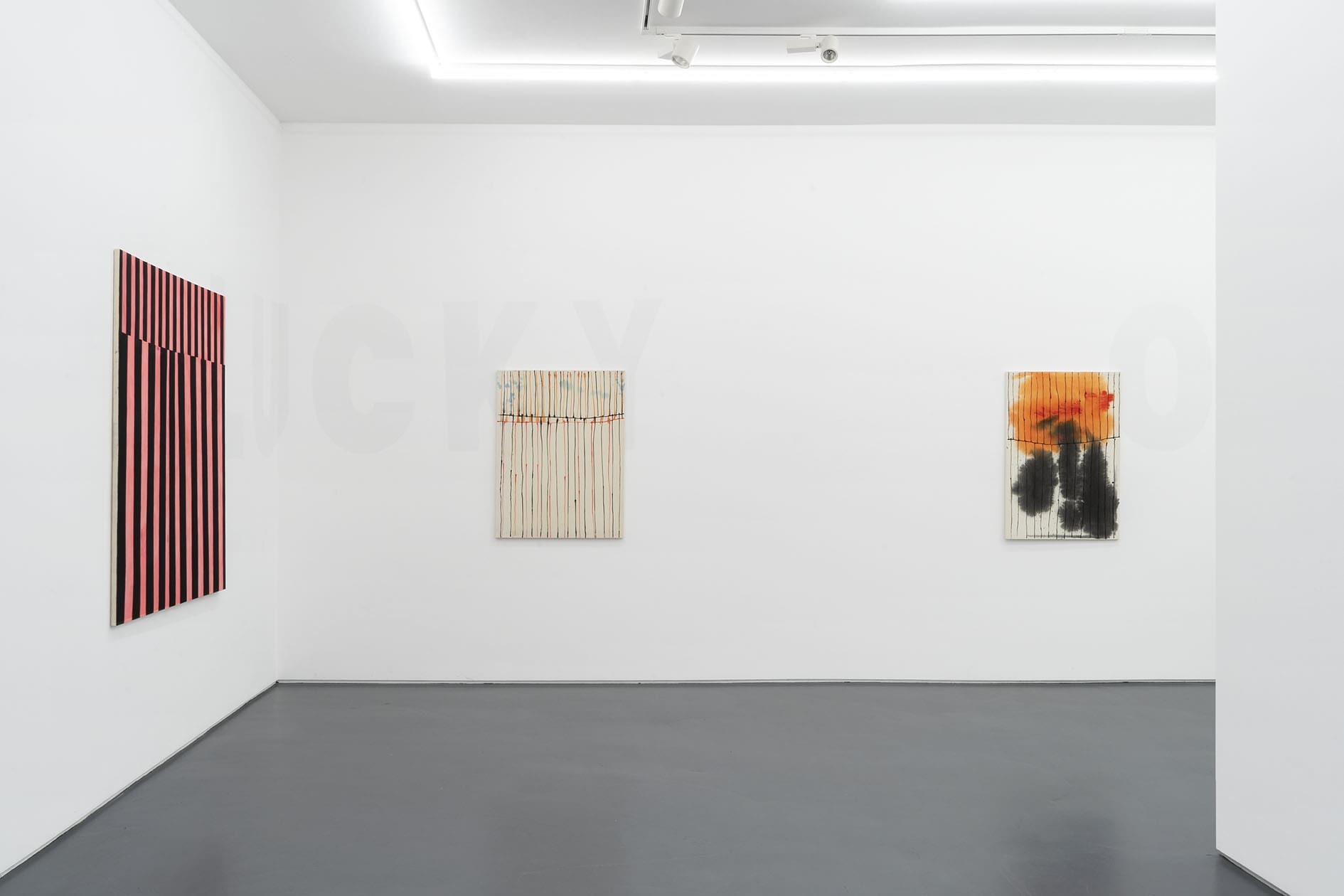
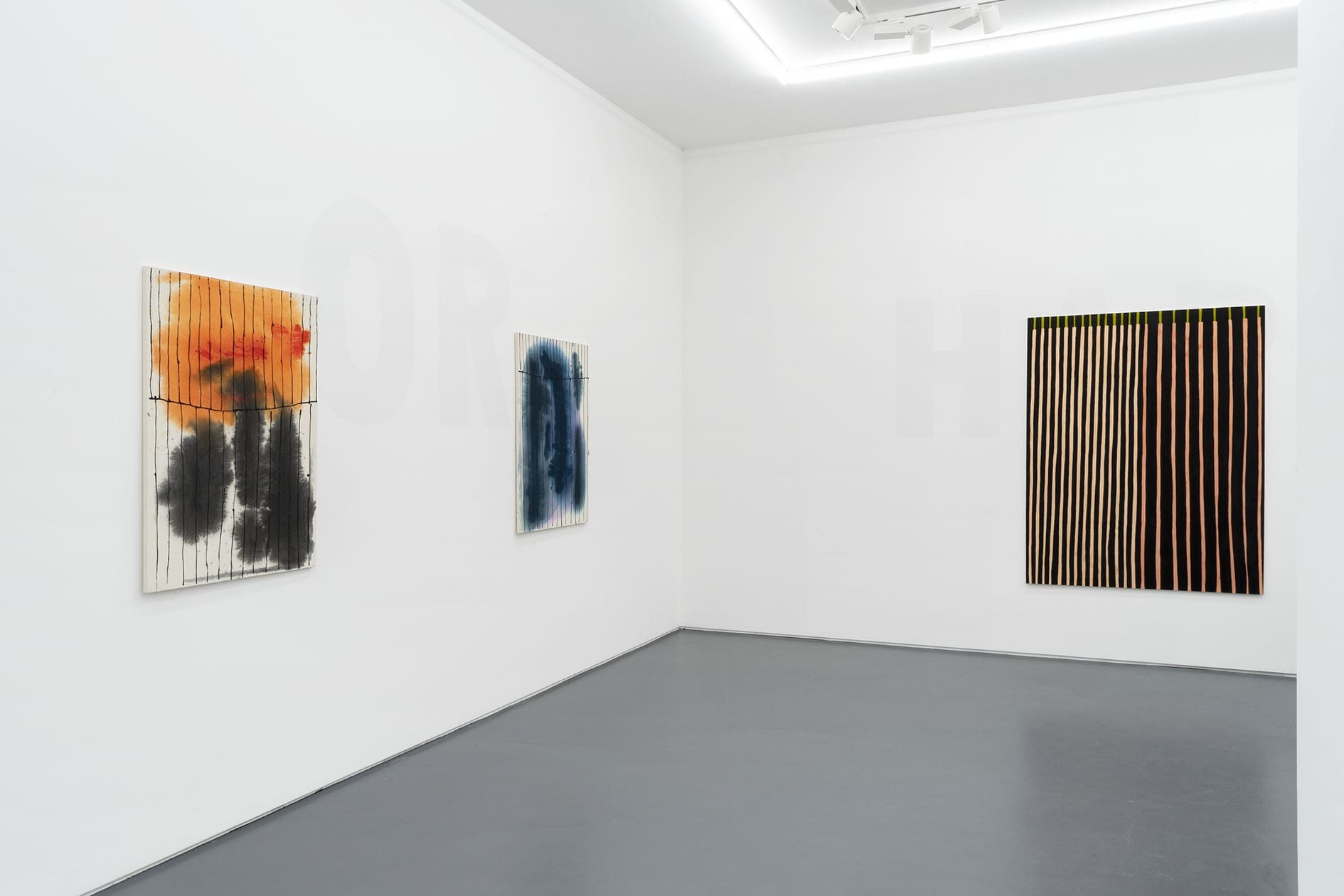
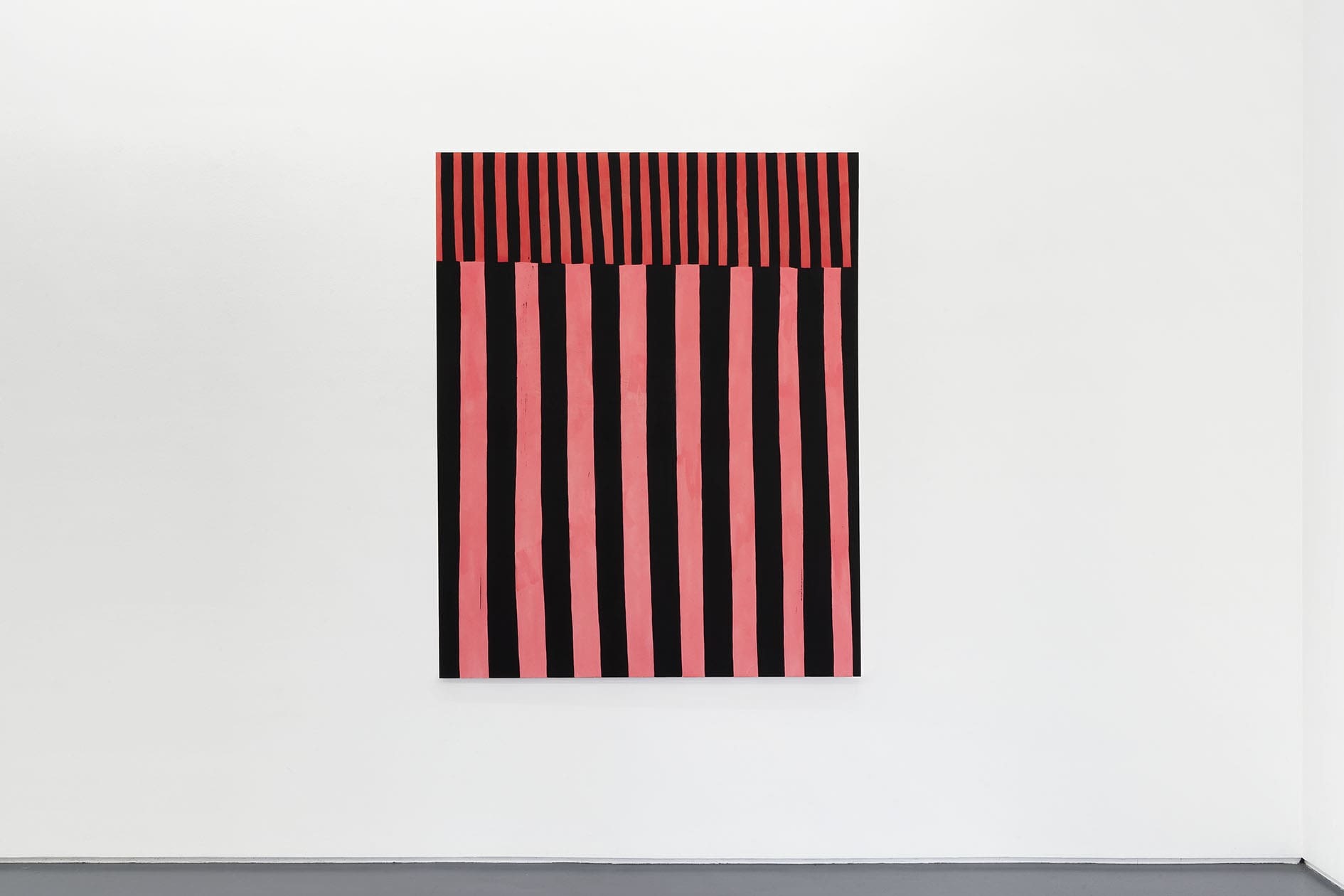


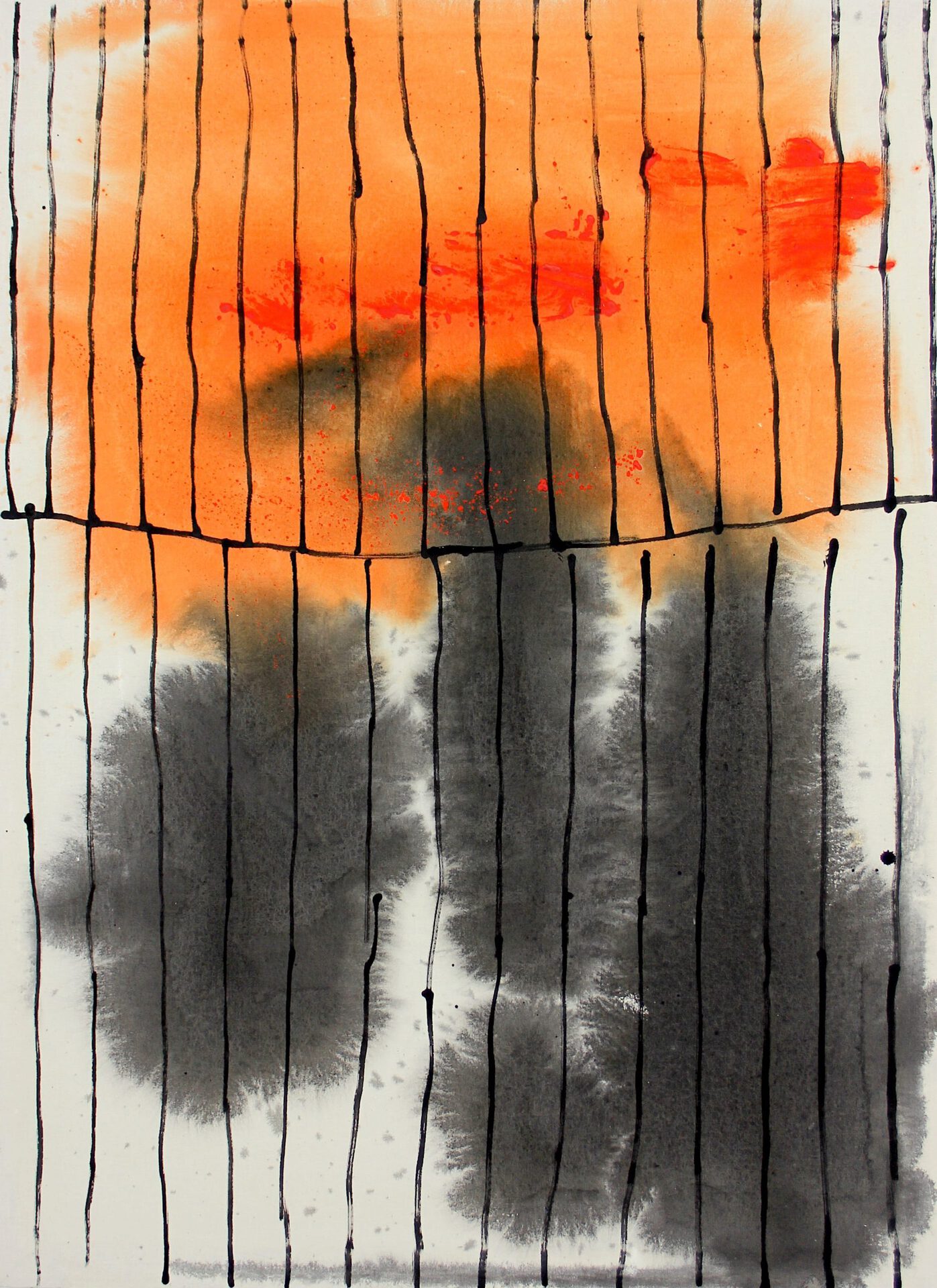

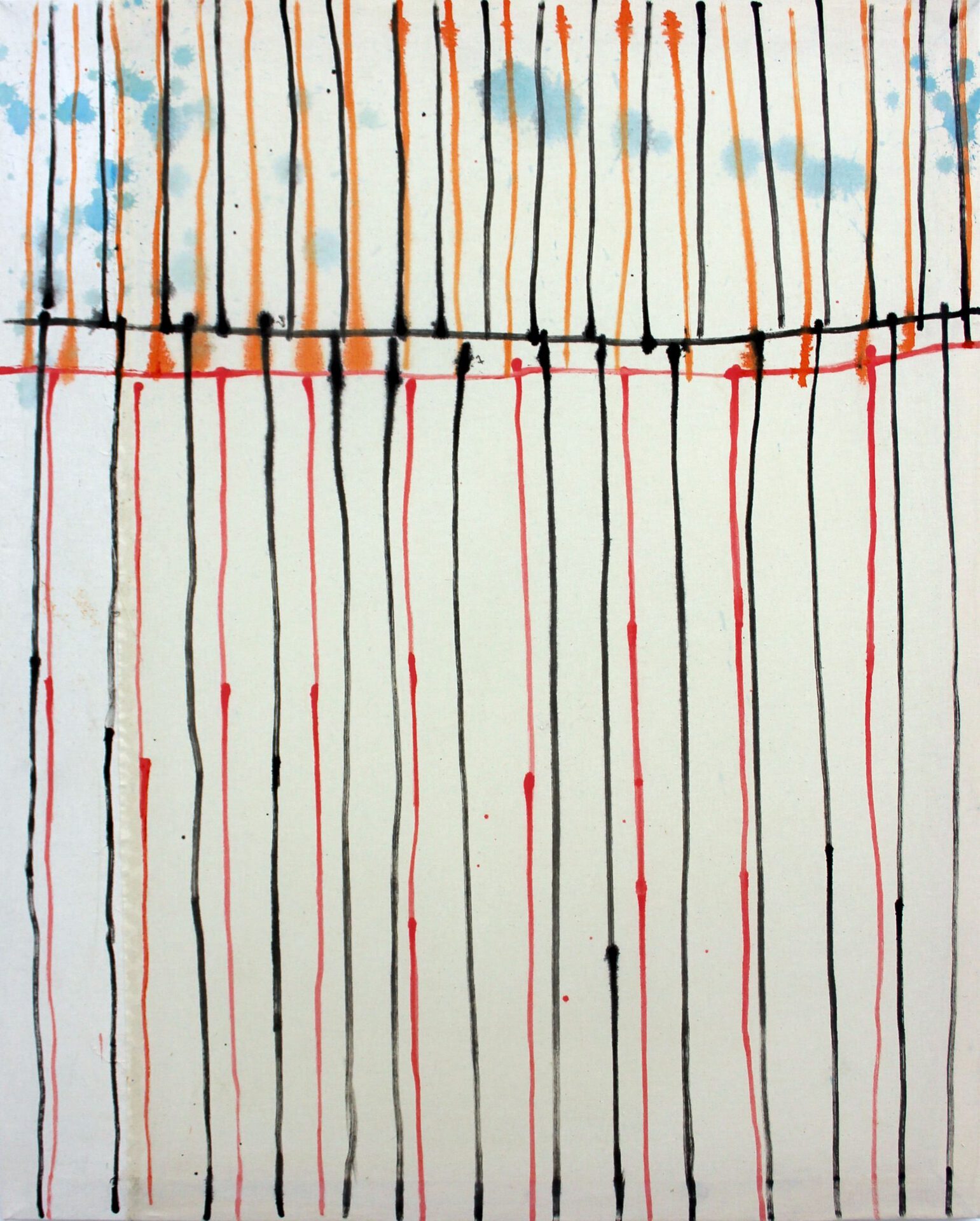
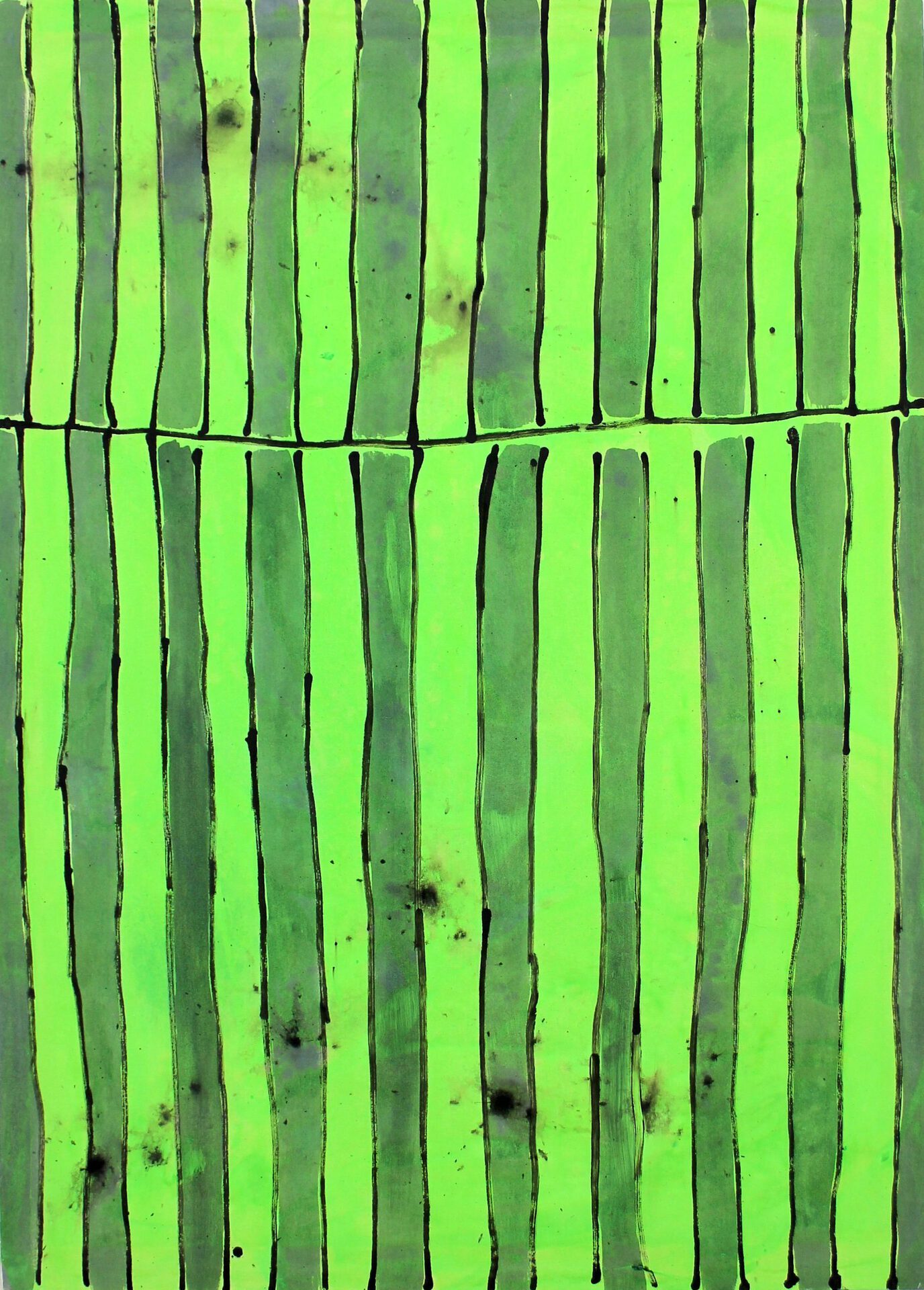
Location
MountainsDate
14.09 –30.10.2021Subheadline
If you read between the lines, Sophia Domagala’s exhibition pays subtle tribute to Pati Hill (*1921-2004), who explored the relationship between image and text, largely by using the photocopier as an artistic instrument. Words like lust, why and lucky or happy in peach or pink block-letters are just discernible in Domagala’s paintings, almost receding into the lighter washes of color behind them. Hill is a deep source of inspiration for Sophia Domagala, a kindred spirit even. As such, these almost invisible words are easily entangled with the late American artist’s own play with in/visibility by using a Xerox machine (in the 1970s, a secretary’s tool) to make images of domestic objects and in so doing, create a visual language for the invisibility of women’s labor.Text
Beggars, the title of Domagala’s first exhibition at Mountains, is lifted from the last line of Hill’s poem “Craters of the moon!”: “I would have liked this picture printed on pink paper, but if wishes were horses then beggars would ride.” There’s something folky, western even, about this idiom that knocks fantasy in favor of realism or hard work. The image is wonderful though—wispy wishes galloping.
Domagala’s acrylic stripe paintings are in part a tale of the pandemic, as she had occasionally painted lines before, but has resolutely painted nothing else since a kind of breakthrough in spring 2020. This focus is a testament to how constraint can be expansive, as nuance and permutations in color and line have opened up a vast field of possibility. What makes these paintings so intriguing is a central tension between a seemingly regular structure and the deviant or nonconforming quality of the paint that comprises that framework. The notion of slippages or inconsistencies falls short in describing this dynamic, as the surface is built from these aberrances. Irregularities as the rule, rather than a digression from it. Take the large-scale Schwarze Streifen auf rosa, 2021, for instance, in which vertical segments of thinly washed pink, fading from bubble gum to a dustier tone, are speckled with traces of brushstrokes, accidental marks and drips. The pink is interrupted by alternating black bands of varying width that stand askew, almost teetering, and not quite intersecting with the smaller black lines at the top of the canvas. Taken as a whole, the impression is cohesive, the effect meditative and the horizon line where the two sets of lines meet, but don’t conjoin, taps into something essential: a disruption of the illusion of infinity. The most human of revelations. Last time I saw Sophia, she was carrying a copy of The Tibetan Book of the Dead.
One could, of course, locate Domagala’s stripes in an art historical lineage of
abstraction—Barnett Newman’s (*1905-1970) zips, Agnes Martin’s (*1912-2004) fine-lined grids, Gene Davis’ (*1920-1985) vibrant color fields, Bridget Riley’s (*1931) hypnotic compositions, Daniel Buren’s (*1938) pristine 8.7 cm stripes etc—perhaps positioning her works as a punkish send-up of all this weighty 20th century baggage. But what these paintings have to bear on a sense of humanness feels more pressing. Questions of personality and voice, but also what it means to be a body, what it looks like to keep on keeping on, are the territory of these works. It’s a grounded perspective on day to day life and an unassuming approach to spirituality. The paintings’ tone is vaguely reminiscent of Eileen Myles’ evocative, nonchalant perceptiveness. Light System VII, 2021, the latest in a series of medium- format works in acrylic, with its splash of orange and trails of splatter against a net-like structure of yellow, black and white lines, could almost be an abstraction of Myles’ poem “Yellow Tulips,” which is printed in this catalogue and ends: “I guess they were like heads poking in from another world. How do you like Wednesday, you beautiful things?” There is a sense of a crossing, of peering into or perhaps out of another world, in this recent “Light System” series, in which a spindly structure of lines contains increasingly gestural explosions of color. They’re like windows, charged with the potent possibility of the threshold. They’re like dreams, wishes, desires—maybe ungraspable—but here, imagined in paint, they’re real enough to ride.
Camila McHugh
Camila McHugh